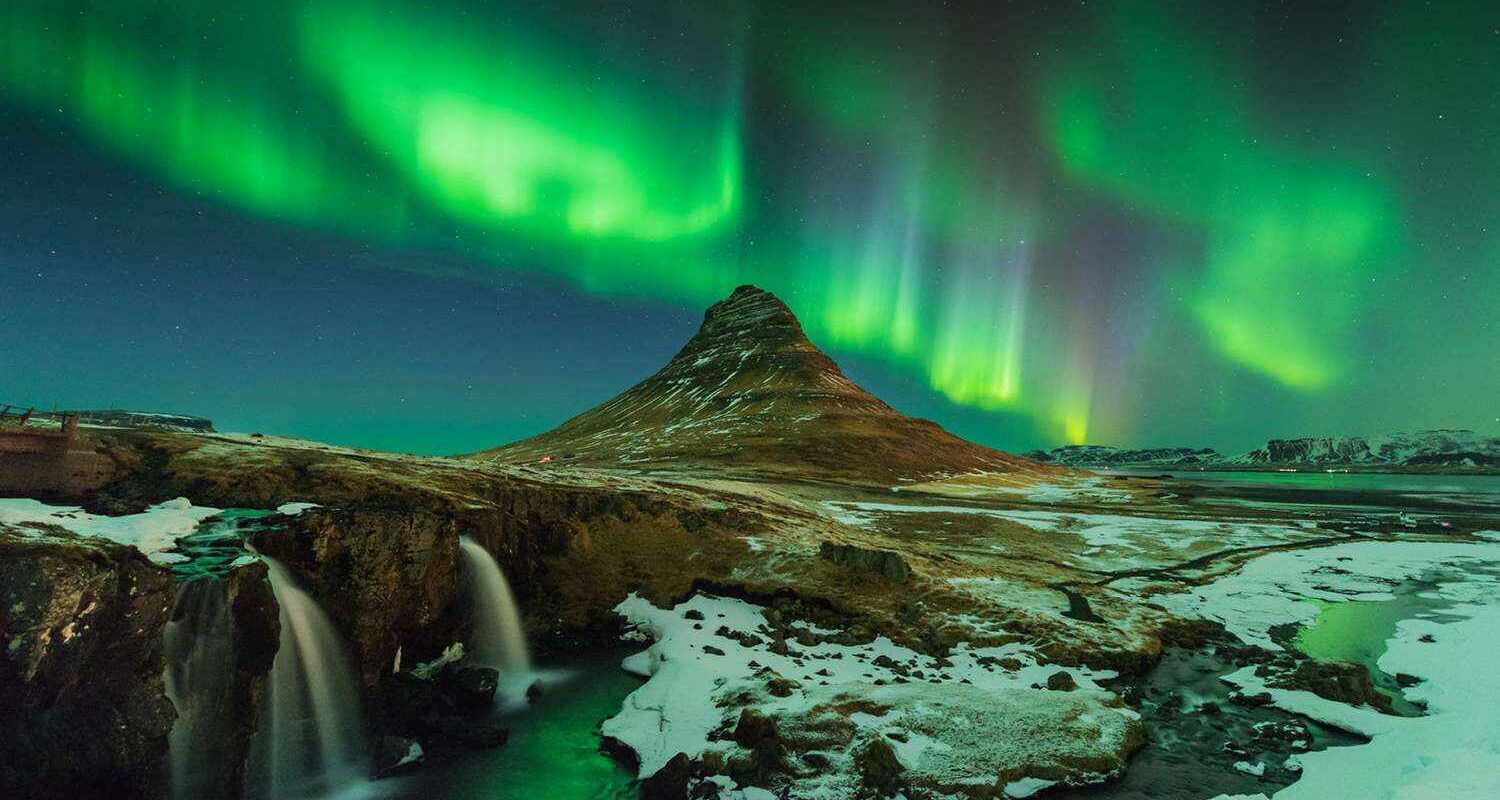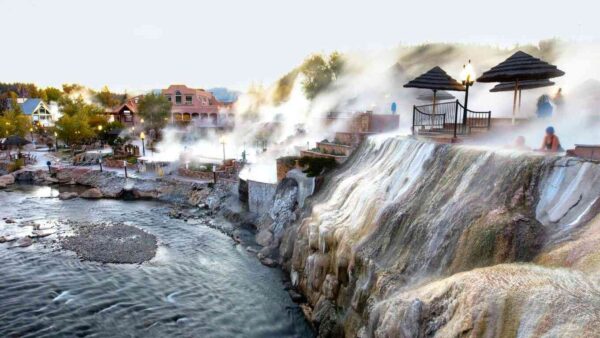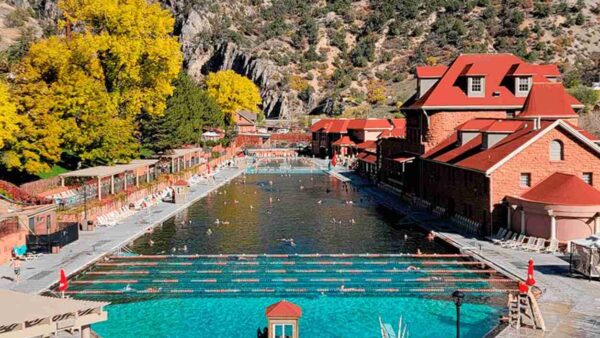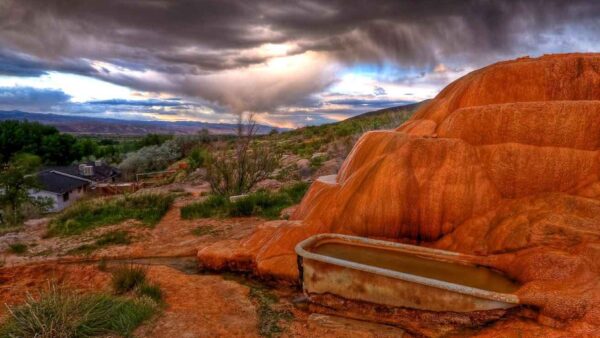Have you ever dreamt of witnessing the ethereal dance of the Northern Lights? Iceland stands as one of the most captivating destinations on Earth to experience this breathtaking natural phenomenon. With its unique geographical location and minimal light pollution, Iceland offers unparalleled opportunities to witness the enchanting display of the Aurora Borealis. In this comprehensive guide, we will explore the best places in iceland with best time to catch this celestial spectacle.
1. The Allure of Iceland’s Northern Lights
Before delving into specific locations, let’s understand what makes Iceland an ideal destination for Northern Lights enthusiasts. Located just below the Arctic Circle, Iceland’s latitude places it within the auroral oval, increasing the likelihood of witnessing this awe-inspiring phenomenon. Moreover, Iceland’s relatively low population density and strict light pollution regulations ensure optimal conditions for viewing the Northern Lights.
2. Timing Is Everything
To maximize your chances of witnessing the Northern Lights in Iceland, timing is crucial. The best time to visit is during the winter months, from September to April, when the nights are long and dark. However, within this period, the peak Northern Lights season typically spans from late September to late March. Keep in mind that clear skies and solar activity also play significant roles in visibility.
3. Prime Locations for Northern Lights Viewing
Thingvellir National Park: Situated in southwestern Iceland, Thingvellir National Park offers stunning natural landscapes and is an excellent spot for Northern Lights viewing. Its expansive vistas and minimal light pollution make it a favorite among photographers and stargazers alike.
Jökulsárlón Glacier Lagoon: Located in the southeastern part of the country, Jökulsárlón Glacier Lagoon provides a picturesque backdrop for witnessing the Northern Lights. The juxtaposition of shimmering icebergs against the dancing colors of the Aurora creates a truly mesmerizing experience.
Snæfellsnes Peninsula: Often referred to as “Iceland in Miniature,” the Snæfellsnes Peninsula boasts diverse landscapes ranging from rugged coastlines to volcanic peaks. This remote region offers excellent opportunities for Northern Lights viewing away from the crowds.
Landmannalaugar: Accessible via a challenging journey through Iceland’s Highlands, Landmannalaugar rewards intrepid travelers with surreal landscapes and pristine night skies. Camping under the Northern Lights in this remote wilderness is an unforgettable experience.
Reykjavik: While Iceland’s capital city may not offer the same darkness as rural areas, Reykjavik still provides opportunities for Northern Lights sightings, especially during periods of heightened solar activity. Head to the outskirts or nearby coastal areas for better visibility.
Tips for Northern Lights Chasing
- Stay Updated: Monitor aurora forecasts and weather conditions regularly to increase your chances of witnessing the Northern Lights whether its iceland or United States, Norway or Canada.
- Dress Warmly: Iceland’s winter nights can be bitterly cold, so layer up with thermal clothing to stay comfortable during your aurora hunt.
- Patience is Key: Sometimes, the Northern Lights may appear faint or elusive. Exercise patience and be prepared to wait for the perfect moment.



